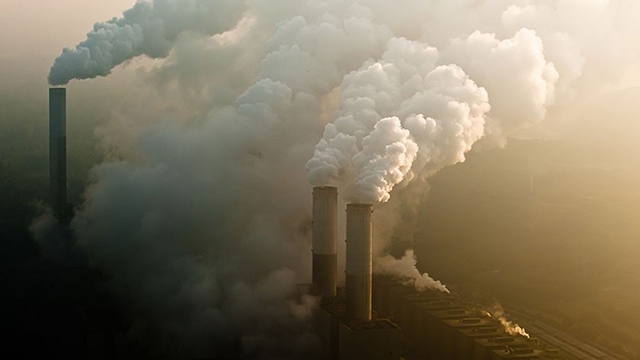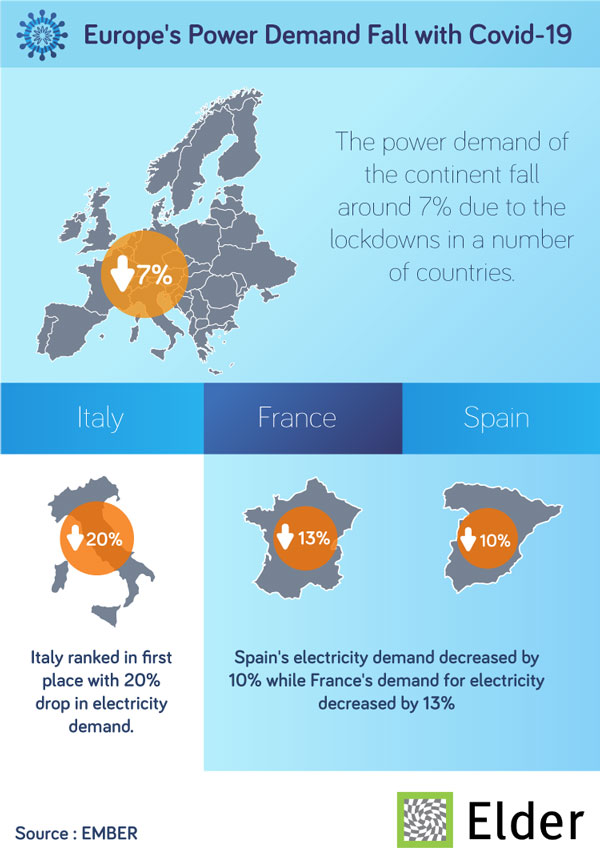
Candidates who are entitled to receive documents at ELDER MYM will be able to take back the exam and document fee by benefiting from the incentive extending the application for the examination and document fees related to the Vocational Qualification Certificate from the Unemployment Insurance Fund until 31 December 2021.
Application for the exam and document fees related to Vocational Qualification Certificate required by those working in "dangerous" and "very dangerous"
professions from the Unemployment Insurance fund inured to the benefit within the scope of the Law Amending Some Laws was published in the Official Gazette.
Arrangements were made on the Occupational Competence Certificate regarding the employees in "dangerous" and "very dangerous" occupations issued by the Vocational Qualification Authority. Accordingly, the incentive period of the exam and document fees in the related professions from the SSI Unemployment Insurance Fund was extended until 31 December 2021.
In this context, candidates who have qualified for certificates as of January 1, 2020 by participating in the professional qualification exams will be able to take back the exam and document fee by using the incentive in the Authorized Certification Organization ELDER which is conducting examination and certification activities by VQA according to national qualifications.
Documentation costs of candidates who are entitled to receive documents within the scope of the incentive will also be covered by VQA.

Turkey's electricity demand and trade volume is expected to fall due to the coronavirus pandemic that has limited social and economic activity in the country and across the world, the head of the Turkish Energy Traders Association (ETD) said on Tuesday.
Although Turkey has not enforced a nationwide lockdown, it has closed restaurants, cafes, and other small businesses, while grocery stores and pharmacies remain open.
“The precautions taken to curb the COVID-19 outbreak have started to lower Turkey's power demand and electricity trade volume, as people are generally staying at and working from home,” Burak Kuyan, head of ETD, told Anadolu Agency.
Turkey's electricity production hit the lowest level on Sunday at around 651,000 megawatt-hours, marking a nearly 5% decrease compared to the corresponding day last year.
“A sharp decline in Turkey's power demand has a lowering impact on energy prices due to oversupply of electricity," he said.
Turkey's installed power capacity stood at 91 gigawatts by the end of 2019.
Kuyan said companies in Turkey are working on plans to deal with the expected fall in power demand.
"The companies are working on the sustainability of their cash flows and financial structures because the demand drop is likely to create problems," he explained.
He said Europe’s demand for electricity had also reduced over the past few weeks due to the COVID-19 pandemic. According to the European Network of Transmission System Operators for Electricity (ENTSOE), Italy's electricity demand declined by 20% since a lockdown was imposed, while France and Spain saw a demand drop of 13% and 10%, respectively.
Kuyan said Europe remains Turkey's biggest export market, including for electricity, so the declining demand in European countries has a direct impact on Turkey.
"The fall in power demand in Europe signifies lower economic activity. This drop could impact Turkey's electricity exports and its overall export data. It is very likely that the COVID-19 pandemic will decrease electricity exports to Europe in the mid-term," said the ETD head.
Source: AA

Germany produced nearly 52 percent of its domestic electricity consumption with renewable power in the first three months of 2020, marking the first full quarter in which renewables covered more than half the country’s power needs, utilities association BDEW and the Centre for Solar Energy and Hydrogen Research Baden-Württemberg reported. That’s up from about 44 percent in the first quarter of 2019.
The numbers were driven by record wind power production in February, unusually high solar production in March, and a dip in overall energy use tied to the coronavirus crisis. Because of those unusual circumstances, BDEW warned it’s too soon to project whether the numbers might hold going forward. "The performance of renewables is very encouraging. However, we should always bear in mind that this is only a snapshot and includes many one-off events,” BDEW head Kerstin Andreae said in a statement. But BDEW also noted that the numbers reflect several underlying policy shifts, including the shutdown of nuclear and coal power plants that were taken offline in late 2019.
The numbers, combined with increased renewable generation in 2019, put Germany on track to meet its 2020 target for increasing renewables' share of total energy consumption (which includes not just electricity, but refers to all energy, for example fossil fuels used in transport and heating). Germany has pledged to produce 18 percent of its total energy consumption with renewables by the end of the year.
"The EU renewable energy target of 18 percent in 2020 is within reach,” economy minister Peter Altmaier said in the statement. “We must now work to ensure that we achieve the targets on a sustainable basis and further increase the share of renewable energy."
Source: Clean Energy Wire

European Union leaders have agreed that the bloc’s coronavirus economic recovery plan should take heed of its aim to fight climate change.
Following a six-hour video conference, the 27 EU leaders agreed late on Thursday to coordinate a coronavirus economic recovery plan.
Although the details of the plan itself still have to be worked out, a statement said they had agreed that it should be consistent with the “green transition”, the phrase the EU uses to describe the aim of reducing emissions that heat the planet.
The EU’s executive commission wants its 27 member states to sign up at a summit in June to plans to make the entire bloc greenhouse gas neutral by 2050. So far, Poland is the only holdout.
Investors and environmental groups are seeking assurances that, as the economic fallout from coronavirus sucks up funding and political energy, Brussels will not lose sight of its climate change goals.
Poland has warned that the pandemic will make EU climate targets harder to reach. A global coalition of more than 300 climate change campaign groups urged governments on Thursday to use any coronavirus economic rescue packages to help accelerate a transition to a low-carbon future.
“Choices being made right now will shape our society for years, if not decades to come,” May Boeve, executive director of 350.org, a global climate campaign group which originated on U.S. college campuses, said in a statement.
With governments pouring money into the economy at levels unseen since World War Two, many politicians, economists and campaigners say the measures should be used to accelerate a shift away from planet-warming coal, oil and gas. The coronavirus crisis has proved governments can act in response to a crisis - a lesson that they should use to tackle climate change, said Andrew Parry, head of sustainable investment at Newton Investment Management said.
“While the immediate response of the authorities has been to rightly limit the social fall-out from the current crisis, it is nonetheless an opportunity to secure a healthier and more resilient future for the environment that should not be missed.”
Source: Reuters

Utilities across the globe have deployed more than 16 million smart electric meters between April and September 2019 according to a new study released by Navigant Research.
The study states that smart electric meters continue to evolve across both technologies and geographies. In developed markets, penetration rates continue to climb while a burgeoning market for second-generation deployments begins to emerge. Developing economies are finally advancing beyond the nascent stage, with an uptick in project announcements across Eastern Europe, Asia Pacific, Latin America, and the Middle East.
New markets including Russia, Latvia and Lithuania are emerging in Eastern Europe, whilst the Asia Pacific region remains highly fragmented. Countries in Latin America and the Middle East, which previously have been slow to adopt are now exploring smart meters at a national scale. However, the lack of funding continues to hinder adoption in Africa.
Michael Kelly, a principal analyst with Navigant Research, said: “The North American market saw the greatest number of new project announcements in the last several months, with a notable uptick in public utility deployments.
“Western Europe also remains a hotbed of activity as new players emerge, multiple nationwide rollouts continue, and second-generation upgrades are realized.”
Source: Smart Energy International

Greenhouse gas emissions regulated under Europe’s carbon market fell by 8.7% last year, according to preliminary like-for-like European Commission data examined by carbon analysts at Refinitiv.
Around 45% of the European Union’s output of greenhouse gases is regulated by the Emissions Trading System (ETS), the bloc’s flagship policy to tackle global warming by charging for the right to emit carbon dioxide (CO2).
The Refinitiv carbon analysts’ interpretation of the data found stationary emissions covered by the scheme such as power plants and factories, totalled 1.536 billion tonnes of CO2 equivalent (CO2e), down 8.7% on the previous year.
The fall was largely due to a drop in emissions from power generation as coal-fired output was replaced by gas-fired generation and renewable power such as wind and solar.
“This significant drop in carbon emissions… shows how successful the EU ETS and related pollution policies have been in phasing out coal and lignite in the power sector,” Carbon Market Watch policy director Sam Van den plas said.
Emissions from power and heating generation fell by 14%, to 766.9 million tonnes, the analysts said on Wednesday.
The fall in emissions in the industrial sector was, however, much lower, with a 2.7% drop to 768.8 million tonnes.
The analysts said that although the data was incomplete, with around 90% of stationary installations reporting, the overall reduction figure was unlikely to change significantly.
Emissions from the largest-emitting airlines in the ETS increased last year, NGO Transport & Environment’s (T&E) analysis of the EU data showed.
Of the 20 largest-emitting airlines in the carbon market, 14 had higher emissions last year. These 14 carriers together emitted 37.1 million tonnes of carbon dioxide in 2019, an increase of 1.5 million tonnes from in 2018, T&E said.
The EU carbon market covers emissions from flights within the European Economic Area.
Source: Euractiv
U.S. Coal Outlook 2020: Market Trends Are Pushing Industry Ever Closer to a Reckoning
The U.S. coal industry continuing to decline through 2020 and beyond. The report details issues that will likely persist in driving coal producers—beaten down badly by market forces over the past few years
Please click here to read the full report.

